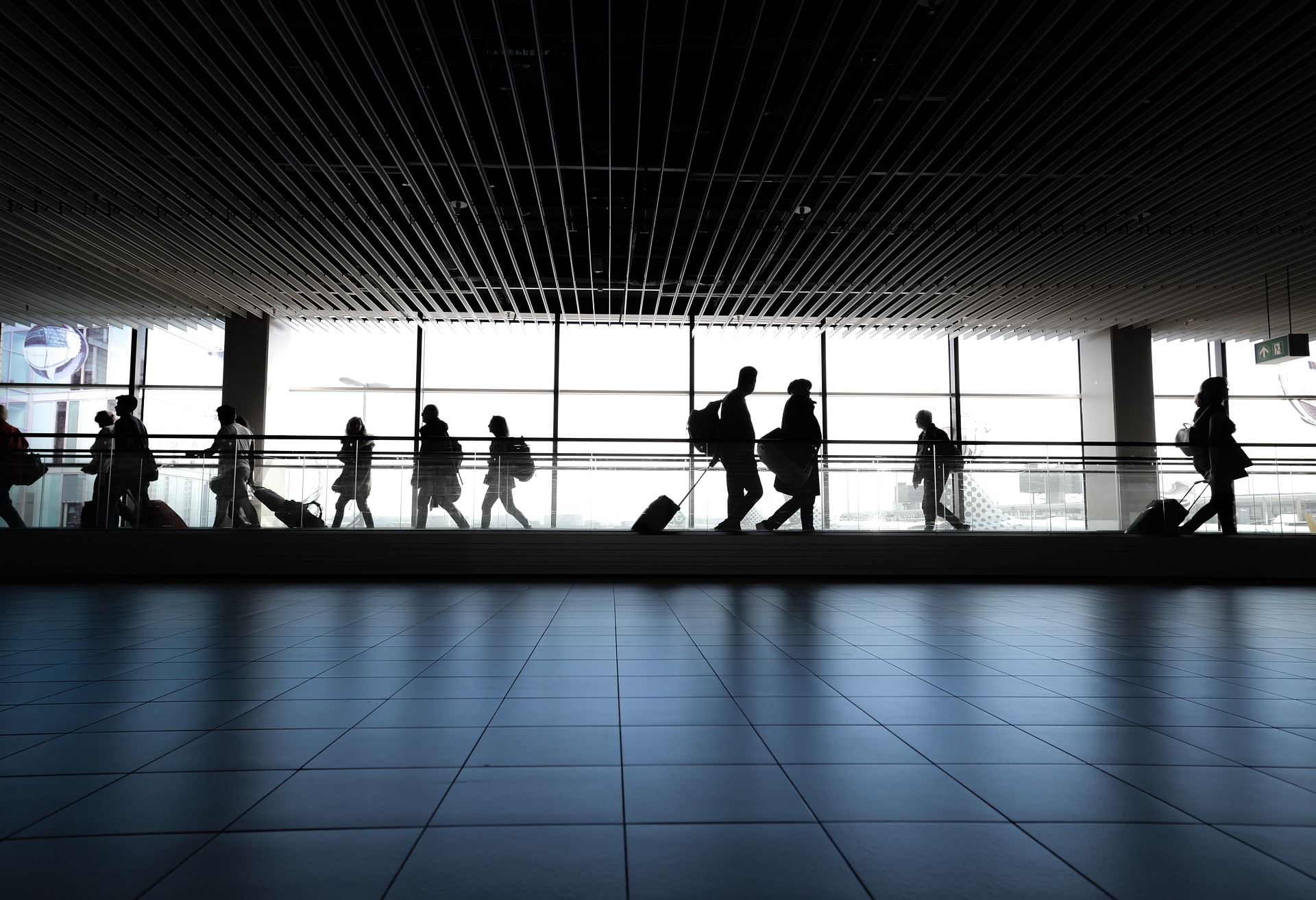Media release
From: MJACOVID SURGES LIKELY AFTER BORDER OPENS EVEN AT 80% VACCINATED: MODELLING
MODELLING shows opening the international borders while there is still highly transmissible SARS-CoV-2 circulating in the community will lead to surges in both infections and hospitalisations that will require increased public health measures.
The modelling study led by Dr Mark Hanly from the Centre for Big Data Research in Health at the UNSW Sydney, examined eight scenarios applying various assumptions regarding transmissibility (R0 = 3.5 or 7.0), vaccine rollout speed (slow or fast), and scale of border reopening (mean of 2500 or 13 000 overseas arrivals per day).
“For scenarios in which R0 = 3.5 (ie, similar to that of the SARS-CoV-2 Alpha variant), opening the international border was followed by an increase in local transmission if local restrictions on social contact were limited to mask wearing, social distancing, and similar measures, but the number of people hospitalised with severe COVID-19 was very low,” wrote Hanly and colleagues in the Medical Journal of Australia.
“With greater virus transmissibility (R0 = 7.0), any opening of the international border combined with limited local social contact restrictions was followed by a major surge in infections and hospitalisations.
“However, a sharp increase in the number of infections caused by a highly transmissible SARS-CoV-2 variant would prompt additional public health interventions.
“In our model, the threshold of 10 000 active COVID-19 cases was not reached in scenarios with R0 = 3.5. In the higher transmissibility scenarios, several cycles of restrictions (with the aim of reducing social contacts by 70%) would be necessary to manage the risk associated with imported infections once community chains of transmission had been established.
Hanly and colleagues wrote that although population vaccination was crucial for reducing COVID-19 case numbers, their modelling indicated that, if the Australian international border was re-opened while highly transmissible SARS-CoV-2 variants were circulating overseas or locally, large and disruptive outbreaks would still be possible after 80% of people aged 16 years or more had received two vaccine doses.
“Political and health system policymakers should not focus exclusively on defining vaccination thresholds at which particular restrictions might be removed,” they wrote.
“Instead, they should recognise that mass vaccination is unlikely to achieve complete protection against COVID-19, and that health system capacity will still be at risk in the most realistic vaccination coverage scenarios if local chains of transmission are active or the international border is opened while local restrictions on social contact are minimal.
“The planned re-opening of Australian borders to international travellers increases the risk of introducing new chains of infection and new variants of SARS-CoV-2.
“Political and health system decision makers should therefore plan an ongoing pandemic response beyond the achievement of population vaccination targets.”
All MJA media releases are open access and can be found at: https://www.mja.com.au/journal/media
Please remember to credit The MJA.
The Medical Journal of Australia is a publication of the Australian Medical Association.


